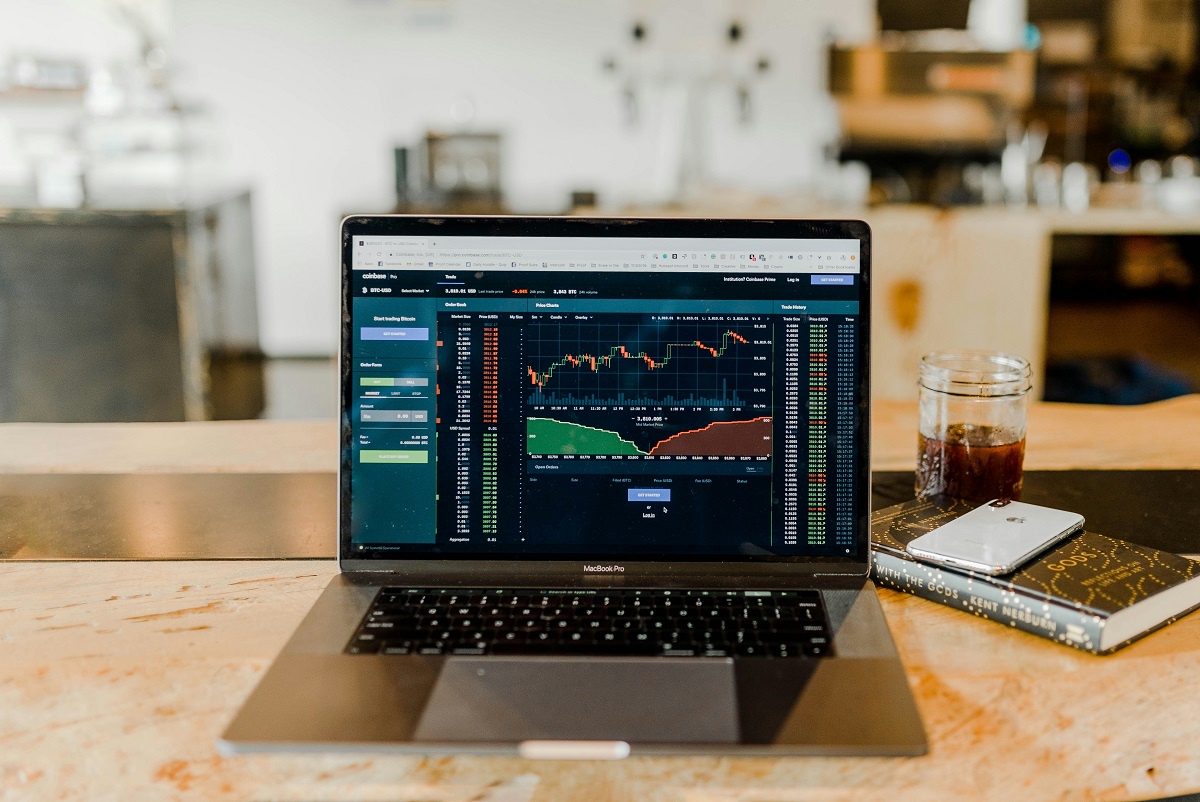In recent years, the landscape of financial markets has undergone a significant transformation with the rise of automated trading systems. This evolution has been particularly pronounced in the realm of cryptocurrency trading, where automated systems are changing the way investors buy, sell, and manage their digital assets. In this article, we'll explore the evolution of trading and examine how automated cryptocurrency systems are revolutionizing the market.
Introduction to Automated Cryptocurrency Trading
Automated cryptocurrency trading refers to the use of computer algorithms to execute trades automatically on behalf of investors. These algorithms analyze market data, identify trading opportunities, and execute trades without human intervention. Automated trading systems have gained popularity in recent years due to their ability to execute trades with speed, precision, and efficiency.
The Emergence of Automated Trading Systems
Historical background
The concept of Finance Phantom automated trading dates back to the 1970s when institutional investors began using computer programs to execute trades on traditional stock exchanges. Over the years, advancements in technology have led to the development of sophisticated trading algorithms capable of analyzing vast amounts of market data in real-time.
Advancements in technology
The advent of high-speed internet, cloud computing, and artificial intelligence has further accelerated the evolution of automated trading systems. Today, automated trading platforms offer a wide range of features and functionalities, allowing investors to execute complex trading strategies with ease.
How Automated Cryptocurrency Systems Work
Automated cryptocurrency systems operate based on predefined trading rules and algorithms. These algorithms analyze market data, such as price movements, trading volumes, and technical indicators, to identify profitable trading opportunities. Once a trading signal is generated, the system automatically executes the trade on behalf of the investor.
Algorithmic trading strategies
Automated cryptocurrency systems employ various algorithmic trading strategies, including trend following, mean reversion, and arbitrage. These strategies are designed to capitalize on market inefficiencies and generate consistent profits over time.
Execution of trades
Automated trading systems can execute trades across multiple cryptocurrency exchanges simultaneously, allowing investors to take advantage of arbitrage opportunities and optimize their trading performance. Trades are executed with lightning speed, ensuring that investors can capitalize on market movements before they dissipate.
Advantages of Automated Cryptocurrency Systems
Efficiency and speed
One of the primary advantages of automated cryptocurrency systems is their ability to execute trades with speed and precision. These systems can analyze market data and execute trades within milliseconds, ensuring that investors can capitalize on market opportunities in real-time.
Elimination of emotional bias
Automated trading systems operate based on predefined trading rules and algorithms, eliminating the influence of human emotions such as fear and greed. This allows investors to make rational, data-driven decisions and avoid common pitfalls associated with emotional trading.
24/7 trading
Automated cryptocurrency systems can trade around the clock, allowing investors to take advantage of market opportunities in different time zones and geographies. This 24/7 trading capability ensures that investors can capitalize on market movements at any time of the day or night.
The Impact of Automated Trading on the Market
Liquidity and market dynamics
Automated trading systems play a significant role in providing liquidity to cryptocurrency markets, as they facilitate the rapid execution of trades and enable market participants to buy and sell digital assets with ease. This increased liquidity has contributed to the growth and maturation of cryptocurrency markets over time.
Volatility and price fluctuations
While automated trading systems can help reduce volatility in cryptocurrency markets by providing liquidity, they can also exacerbate price fluctuations during periods of heightened market activity. Rapid-fire trading algorithms can amplify price movements, leading to increased volatility and potential price manipulation.
Challenges and Risks Associated with Automated Trading
Technical glitches and system failures
One of the primary challenges of automated trading is the risk of technical glitches and system failures. In the event of a software bug or hardware malfunction, automated trading systems may execute erroneous trades or fail to execute trades altogether, leading to potential losses for investors.
Over-reliance on algorithms
Another challenge of automated trading is the risk of over-reliance on algorithms. While algorithms can analyze market data and identify trading opportunities, they are not infallible and may fail to anticipate sudden changes in market conditions. Investors must exercise caution and supplement automated trading strategies with human judgment and discretion.


No comments yet